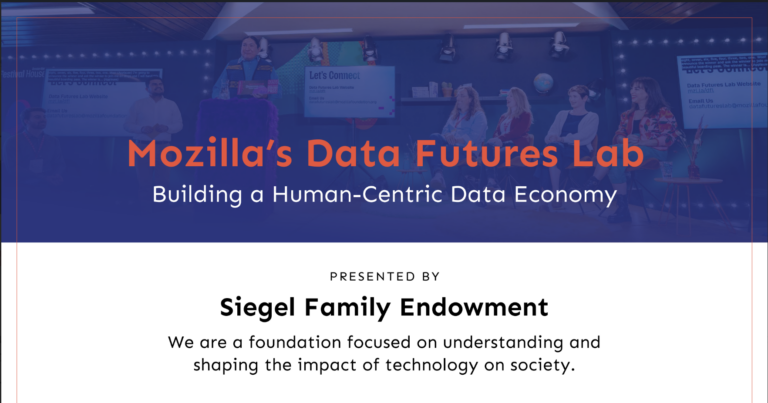In 2021, we awarded a grant to the New Growth Innovation Network (NGIN) to examine how digital equity and social infrastructure can be leveraged for wealth generation among black, indigenous and people of color (BIPOC), and the role of economic leaders and organizations, locally and regionally, in advancing more equitable outcomes.
NGIN set out on a project that entailed desk research, stakeholder engagement interviews with national experts as well as local and regional leaders from digital equity focused organizations, wealth creation organizations, and community-based organizations. NGIN also convened a roundtable of local and national leaders to collect insights and think together toward action.
The project interrogates the lines between social, digital, and physical infrastructure, and instead applies Siegel’s multidimensional Infrastructure (MDI) framework. In taking this more holistic perspective, NGIN was able to approach the following questions:
How are communities advancing (or planning to advance) digital equity, especially through the Infrastructure Investment and Jobs Act (IIJA)?
In what ways does digital equity support wealth generation, and what is its impact?
How can communities utilize social infrastructure to advance digital equity for BIPOC wealth creation and equitable economic opportunity?
The connections between education, entrepreneurship, and homeownership are more complicated, especially in light of COVID-19. However, approaching each in turn helps articulate the ways social infrastructures and digital equity challenges intersect and must necessarily be addressed together.
In education, digital equity results in “the homework gap” or the inability for some students to fully participate in school due to limited connectivity. This gap disproportionately affects low-income and BIPOC students. Another significant gap is disproportionately shared by Black and Latino workers when it comes to digital skills. In entrepreneurship, limited connectivity and access to devices affects the ability for those in lower-income households, particularly BIPOC households, to apply for jobs and as more jobs require higher levels of digital skills, those without them become less likely to be hired. As evidenced by the digital equity problems faced in education and entrepreneurship, internet and device access in the home is critical. Low-income housing residents have particularly low connectivity rates, limited access to devices, and other barriers that reinforce equity issues in education and workforce readiness.
The report outlines the challenges that persist and ought to be addressed in the allocation of the historic federal Infrastructure Bill’s (IIJA) $65 billion investment. The bill is designed to give states power to develop digital equity plans that reflect their constituents, however, these plans may continue to overlook the need of disinvested communities and require direct community-engagement with those in most need of broadband access to ensure these funds are most effectively applied.
NGIN calls for multi-sector collaboration between digital equity focused initiatives and those focused more generally on wealth creation, education, and workforce development. Additionally, the report calls for better data to understand and effectively address digital equity challenges. A multidimensional approach to innovation in the digital equity space improves on the classic “three-pronged approach (broadband access, computing devices, and digital literacy).” The report showcases models of innovation across the country addressing digital inequity through neighborhood mobilization, public-private partnership, ecosystem changes, and attending to individuals’ needs.
The report culminates in six key takeaways and a call to action to sustain long-term digital participation by removing barriers to access through policy and targeted investment in unserved and underserved people and places.





